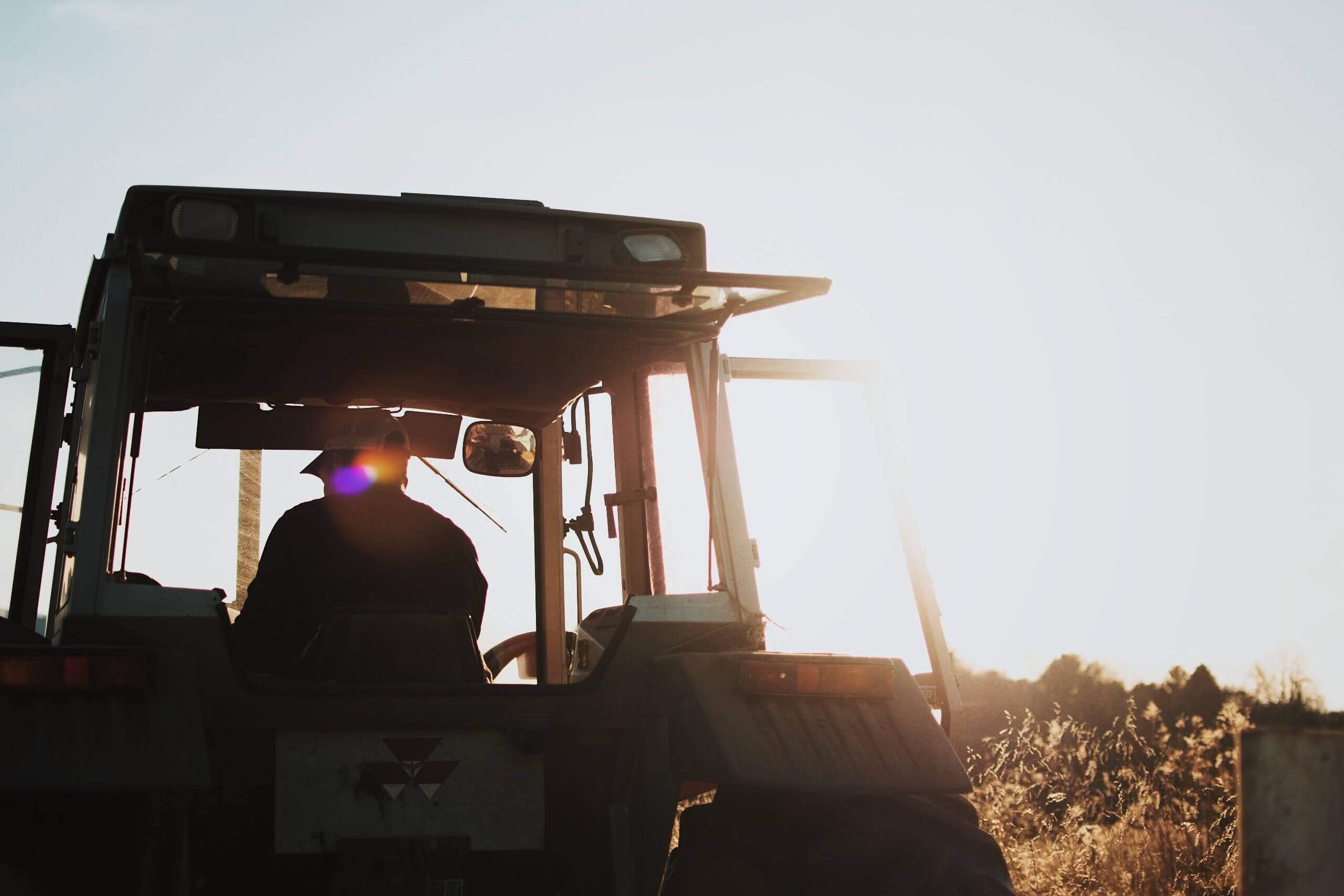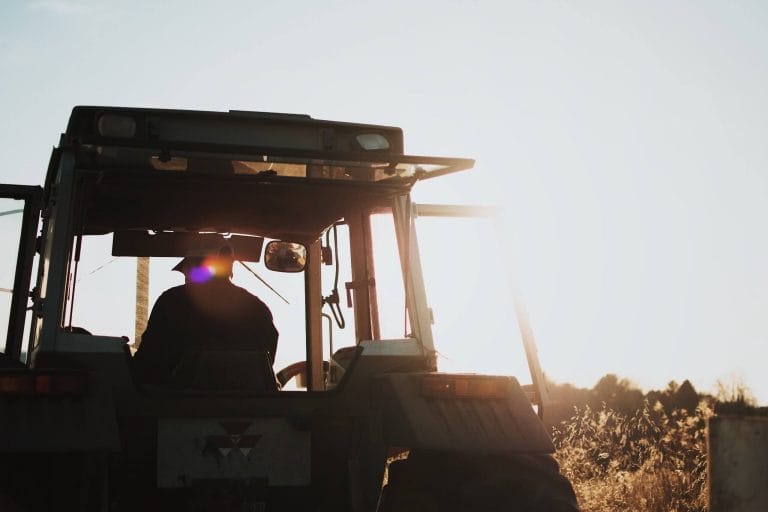File excessive temperatures, droughts, floods, and different extreme climate occasions are greater than headlines for the those who feed our populations. For farmers, these occasions are a direct risk to their livelihoods. A harsh climate occasion or an uncommon change of the season can destroy a whole season’s crops. How can we defend farmers and our meals provide from the ravages of utmost climate? An array of agricultural applied sciences and practices have been proven to assist farmers adapt to and mitigate the impacts of local weather change, however merely having these applied sciences isn’t sufficient. Reaping the advantages of current options requires that we additionally put money into altering habits.
The Case for Cowl Cropping: Serving to Farmers and the Setting
Sustainable farming is a crucial a part of a resilient meals and agriculture system. Cowl cropping is one such observe. Cowl crops are these planted not for harvesting however for another operate, typically as a type of groundcover within the offseason to manage weeds and pests. These crops are often planted immediately after fall harvest and killed simply earlier than planting a major crop the next spring. Whereas cowl cropping will not be a panacea, their use can cut back soil erosion, present weed management, pest administration, and cut back the necessity for fertilizer and herbicides. All this cannot solely present financial advantages to the farmer, but additionally convey environmental advantages corresponding to improved soil well being and water high quality. These impacts make cowl cropping an efficient habits to realize higher local weather resilience and a extra sustainable agriculture system.
Whereas cowl crops have expanded in recognition over the previous couple of years, many farmers have but to undertake the observe. Regardless of packages providing monetary incentives and technical help for canopy crops, in 2021 solely 7.2% of all acreage within the U.S. Midwest used them.
The gradual tempo of canopy crop uptake illustrates extra broadly how tough it may be to increase agricultural practices that might profit each farmers and the surroundings. Behavioral science can assist us perceive why, and recommend methods coverage makers and program designers can overcome this problem.
Making use of a Farmer-Centered Behavioral Perspective
After interviewing 16 farmers in Iowa, two themes emerged that exemplify the well-researched behavioral ideas of prospect idea and current bias. These two insights may provide helpful classes to extend uptake of sustainable agriculture practices like the usage of cowl crops.
1. Losses vs. positive aspects: Farmers’ psychological frames form their danger tolerance for canopy crops
“We’ve had fairly a couple of years of fine instances in agriculture. If issues are going good, most individuals don’t need to change, so [they are] not going to hunt methods to alter. When issues are unhealthy, they search for something—greedy at straws to make issues higher.“
– Iowa Farmer
We discovered that for some farmers, prospect idea is perhaps at play of their determination about whether or not to plant cowl crops. Prospect idea means that relative to their reference level, individuals are usually risk-averse about positive aspects however risk-seeking about losses. In different phrases, individuals are likely to favor positive positive aspects (over a chance for a bigger acquire) however favor to gamble to keep away from a positive loss.
What does this translate to in observe? When their farms are doing effectively, farmers could begin to function in a “positive aspects” mind set. On this context, farmers could change into danger averse and be much less more likely to think about cowl cropping—or some other observe that may threaten their yields. Their focus is lowering any potential for loss, which suggests avoiding something that may pose a danger to quick yields—even within the face of potential longer-term positive aspects, corresponding to yield stabilization or decreased prices on fertilizers and herbicides. As one farmer put it, “I assume what it comes all the way down to is, there are fewer and fewer farmers on a regular basis, and we’re all out right here farming extra acres in the identical window…. I’ll put it this fashion: cowl crops create variables, and in our world, we’re making an attempt to eradicate variables.”
Conversely, farmers who face ongoing or acute points (e.g., erosion, drought) have a look at cowl crops with a “losses” body. As a result of they’re working from a reference level of current losses, they might be extra prepared to take dangers to scale back losses and doubtlessly obtain higher yields sooner or later. These farmers could also be extra tolerant of the anomaly of adopting a brand new observe corresponding to cowl cropping, as their reference level has them in a extra risk-seeking mind set.
How may we assist farmers think about and undertake cowl crops earlier than reaching that time of desperation? Efforts to shift psychological frames round cowl cropping may assist—for instance, emphasizing the recognized losses (e.g., soil runoff on the subsequent flood) that can lower sooner or later, somewhat than focusing communication round unsure advantages. Such framing may assist farmers undertake and profit from cowl crops in a proactive somewhat than reactive means.
2. Speedy prices and deferred advantages: Why cowl crops are tough for our brains
“Why would I pay $30 or $40, to place a canopy crop on the market and haven’t any particular line merchandise, [no] quantifiable profit for them subsequent yr?“
– Iowa Farmer
We additionally discovered that farmers typically battle with the time horizons over which the prices and advantages of canopy cropping are accrued. Farmers usually calculate their returns on an annual foundation. Nonetheless, cowl crops can take a number of years to end in financial savings on bills corresponding to fertilizer and herbicides. The quick prices per acre wanted to implement cowl crops, whereas comparatively low in comparison with common farm prices, could really feel disproportionately painful when in comparison with distant advantages. Within the face of this mismatch, some farmers could exhibit current bias, which describes our tendency to prioritize quick prices and advantages whereas deprioritizing these that can accrue sooner or later. As one farmer expressed, “Why would I pay $30 or $40, to place a canopy crop on the market and haven’t any particular line merchandise, [no] quantifiable profit for them subsequent yr?”
On high of the mismatched time horizons, the return on the funding of canopy crops could not all the time be within the monetary metrics that farmers are used to. Cowl crop advantages are sometimes accrued in resiliency enhancements (corresponding to decreased soil runoff after a flood), which farmers could not observe or measure, or in cash saved (somewhat than extra {dollars}), which makes it even tougher for these advantages to really feel concrete and compelling. The character of each the longer-term and sometimes nonmonetary returns on the funding of canopy crops thus makes it difficult for farmers to include them into the calculus of their farm enterprise. This will likely considerably cut back the enchantment of adopting the observe—despite the fact that in the long term, cowl crops could improve their farm’s resilience to local weather shocks and cut back their reliance on costly fertilizers and herbicides.
Conclusion
Farmers try to make a residing in a context that requires new practices within the face of massive challenges like meals insecurity and local weather change. Making sustainable agricultural strategies extra obtainable and cost-effective is essential however doesn’t essentially imply that farmers will change their practices if different behavioral boundaries are usually not understood and addressed. To attain extra broadscale impression, agricultural coverage makers and program designers ought to incorporate behavioral elements corresponding to farmers’ psychological frames and time horizons when contemplating the design and implementation of their options. This precept will change into much more necessary on this period of ever-increasing unpredictability from local weather change.
This work was supported by the Walton Household Basis and carried out in partnership with the Sensible Farmers of Iowa. For any questions or for extra details about our agriculture and sustainability work, attain out to [email protected].

